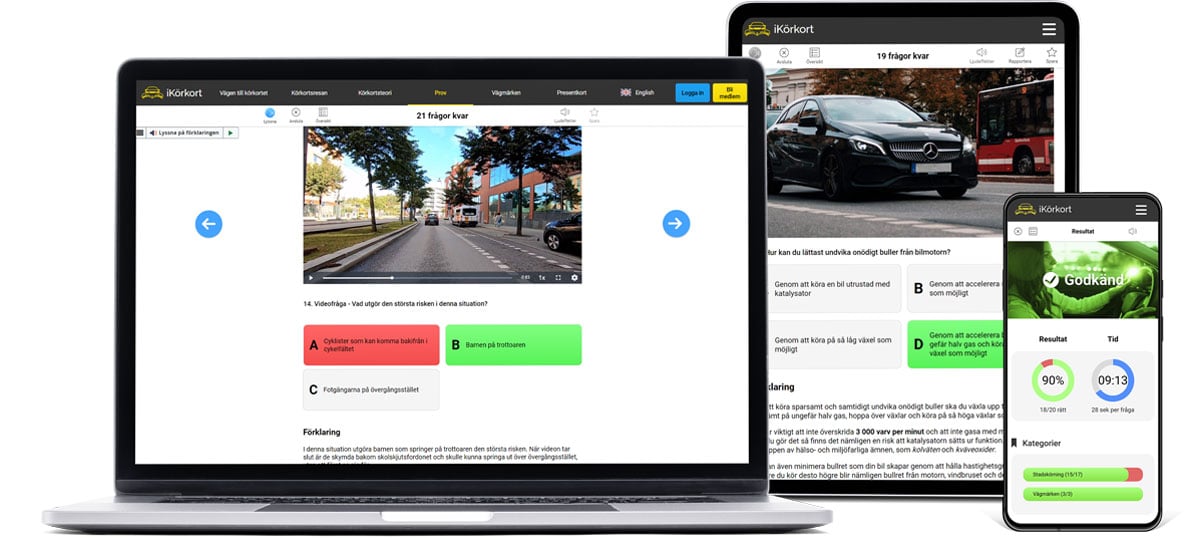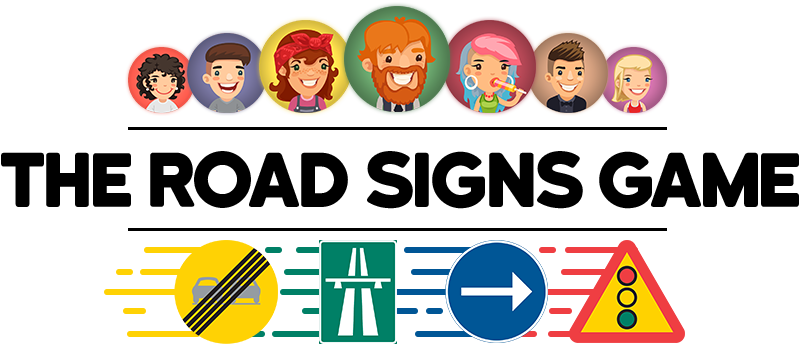 iKörkort
iKörkort
 Tests
Tests

 Language
Language

You must always adapt your speed and distance to the vehicle in front according to visibility, road surface conditions and general traffic conditions. The driver in the vehicle in front must be able to brake hard at any time without any risk of you hitting their vehicle from behind.
To make sure that you maintain an appropriate distance to the vehicle in front of you, there are two rules of thumb that you can use.
If the road surface conditions are good you should drive at least as many metres behind the vehicle in front of you as your speed in km/h. For example, if you drive at 90 km/h you should drive at least 90 metres behind the vehicle in front of you. This is because the stopping distance in metres – in good road surface conditions – is lower than the speed in km/h.
You can also follow the three-second rule. The three-second rule means that it should take you three seconds to reach the point where the vehicle in front of you was when you started counting. This is how you do it:
Pick a clear reference point, such as a verge marker or the shadow of a bridge above the road. When the vehicle in front of you passes the reference point, you start counting: "1001", "1002", "1003". If you reach the reference point yourself before you have counted to "1003" you are driving too close to the vehicle in front of you.
These rules of thumb only apply if visibility and road surface conditions are good and if your car is in good condition. If you are driving a larger vehicle or towing a trailer, or if conditions are anything but ideal you need to increase your following distance even more.



